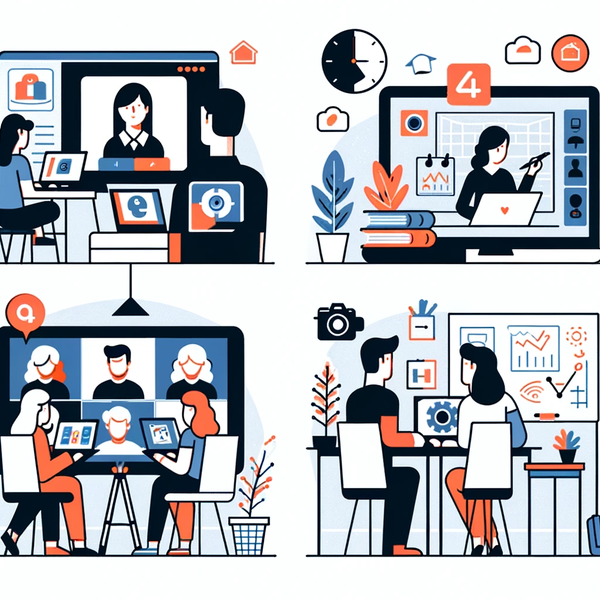
Online teaching can be categorized into several types, each offering unique benefits and challenges. These include:
Synchronous Online Classes: These are real-time, live sessions where teachers and students interact in a virtual environment at the same time. This method is akin to traditional classroom teaching but conducted over platforms like Zoom or Microsoft Teams. It allows for immediate feedback, live discussions, and a sense of community.
Asynchronous Online Courses: In contrast, asynchronous teaching involves creating course materials that students can access on their own schedule. This includes recorded lectures, readings, and assignments with set deadlines. Platforms like Canvas and Moodle support this type of learning, offering flexibility for students who might have other commitments.
Hybrid or Blended Learning: This approach combines online digital media with traditional classroom methods. It requires the physical presence of both teacher and student, with some elements being managed online. This model allows for a balance between direct interaction and online resources.
One-on-One Tutoring Online: Personalized tutoring sessions between a teacher and a student over video conferencing platforms. This method focuses on individual student needs and allows for customized lesson plans and flexible scheduling.
MOOCs (Massive Open Online Courses): These courses are designed to support a large number of participants. Offered by platforms like Coursera or edX, MOOCs provide access to course materials from universities around the world, often for free or at a low cost.
Online Collaborative Learning: This method emphasizes student interaction and often involves group work and collaborative projects. Tools like Google Docs, Slack, or Trello can facilitate this type of learning, encouraging teamwork and communication skills.
Each type of online teaching caters to different learning styles and objectives. The choice of mode depends on the subject matter, the educational goals, and the preferences of both teachers and students.


No comments yet, come on and post~